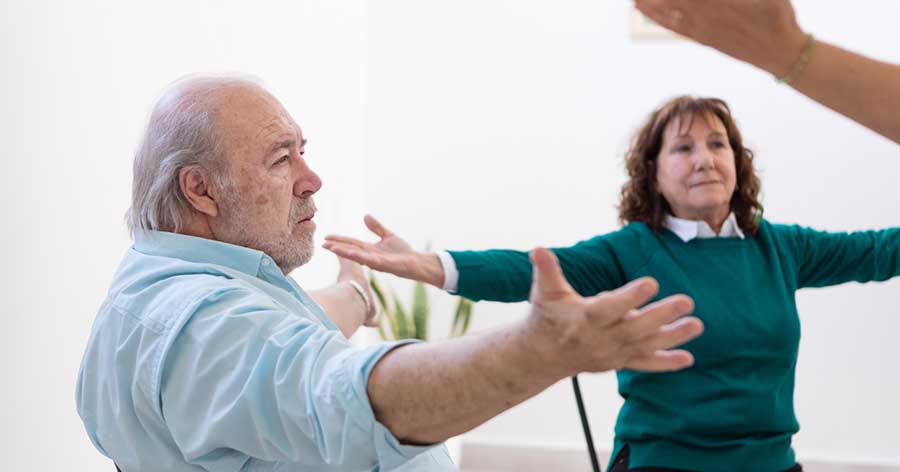As the general population of the UK lives longer, the prevalence of diabetes increases. A high proportion of the ageing population, including those with diabetes, need residential care when there are no family or friends, willing or able, to provide care 24 hours a day, 7 days a week.
As a district nurse in the 80s, I visited many people living in privately owned or state-owned residential homes, in which the delivery of care varied widely. The majority of care was delivered by care assistants, many of whom were young school leavers, moving regularly amongst residential care homes. Training in diabetes care was often problematic owing to the transient workforce.
The same is still apparent even 20 years later. In Enfield, we have a diabetes education programme for care homes, which can be purchased by private establishments on a sessional basis. However, it is difficult to assess its effectiveness and only one third of the care homes in Enfield have accessed this training despite it having been widely advertised.
As part of a national initiative to improve diabetes care in older people, the first ever care home diabetes audit will soon take place, assessing the diabetes care provided in residential and nursing homes in England, in which more than 25% of residents are thought to have diabetes (Ford, 2012).
The audit is being led by the Institute of Diabetes for Older People (IDOP) and the Association of British Clinical Diabetologists, with the support of groups such as Diabetes UK. Information will be collected via questionnaires sent to care homes across the country and a summary of the findings will be available to participants soon after. It is expected that the data will inform the development of quality standards used by the Care Quality Commission (Ford, 2012).
A recent pilot study in Bedfordshire and Hertfordshire has reported a high level of variation in the access to diabetes training and education for care home staff, a situation that also rings true in Enfield (Ford, 2012).
Audit lead Alan Sinclair, IDOP Director and National Clinical Lead for Diabetes in Older People, said:
“The primary purposes of this audit are firstly, to ascertain what areas of diabetes care within residential settings can be further supported and secondly, to gain better insight into the difficulties of providing enhanced care. This audit has the potential to improve care for older people with diabetes living in care homes in England, and give insight on how to provide staff with the training and support that they need, as well as assisting managers and policymakers to allocate resources.”
Diabetes UK launched a report in 2010, examining diabetes care in care homes. The report found that one care home resident with diabetes is admitted to hospital every 25 minutes owing to failings in screening and training (Diabetes UK, 2010).
It was reported that six out of 10 care homes in England which have residents with diabetes fail to provide any training to their staff about the condition. It was also found that only 23% of care homes screen residents for diabetes on admission and 28% screen for diabetes on an annual basis. This means there could be as many as 13500 care home residents in the UK with undiagnosed type 2 diabetes, at an increased risk of complications associated with the condition (Diabetes UK, 2010).
Whilst this report raised awareness of the gaps in service provision in care homes, little seems to have changed since. Hopefully, this new audit will lead to additional resources to support care home staff and make more of a difference for this vulnerable group of society.





Man becomes world’s first recipient of trial drug for diabetic sight loss.
12 Apr 2024